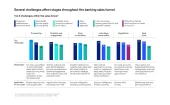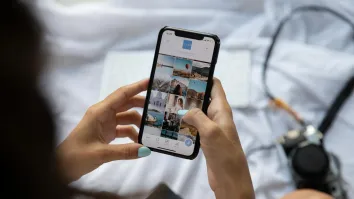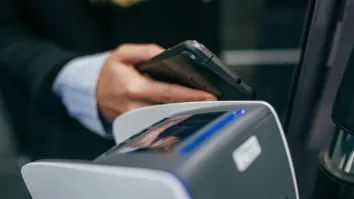Fraudsters use digital injections to bypass camera verifications
Deepfake software could create loopholes in identity systems.
The rapid rise of deepfake technology has introduced significant risks to financial institutions, with fraudsters now leveraging "digital injections" to bypass camera verification systems. This method, enabled by advanced deepfake software, allows the creation of synthetic selfies and identity documents that can be digitally inserted into video streams, circumventing traditional identity verification processes.
"The problem with deepfake is that today, a lot of fraudsters basically use methods to bypass the camera, and they call it digital injection," said Frederic Ho, Vice President, Asia Pacific, Jumio. "They put these pictures into a video stream by passing the camera."
Such capabilities exploit weaknesses in digital identity systems, creating opportunities for criminals to open fake accounts or apply for loans without face-to-face interactions. "Now, additional layers of technology have to be in place to ensure that this doesn't become a loophole where fake content created so easily enters into the identity verification system itself," Ho explained.
Jumio has introduced advanced liveness detection technology to counter this threat. The system verifies whether images originate directly from the camera or have been digitally injected. "If it's tested to be digitally injected, that means that the face that appeared back into the verification process never came from the camera," Ho said.
The stakes are high for governments and financial institutions as they work to secure digital transactions and protect biometrics. Ho emphasised that robust technological solutions are critical. "The technology discussion today must be at this level to test and ensure that deepfakes don't become a spoiler for the financial industry," he concluded.



















 Advertise
Advertise







